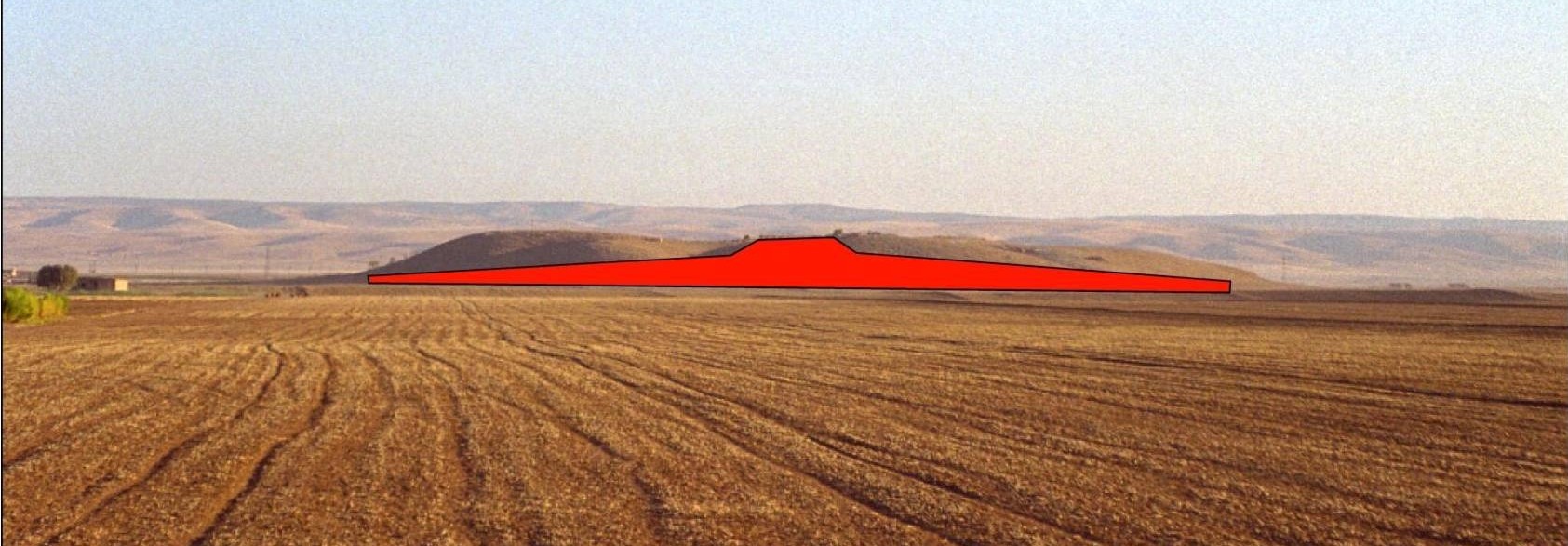This Folio is a witness to the resilience of the people in and around Mozan, and to the validity of an approach we have systematically marshaled over the years.
I will speak, below, of the effectiveness of our site preservation program, in all its aspects. Maintaining the status quo was significant enough. But, as you will see, we went beyond, introducing new approaches, interacting creatively with our “Mozanians” on the ground, with the wonderful dialectics that commonly available technology, from digital cameras to internet connections, makes possible.
I will speak of the awakening of consciousness – how, throughout our three year absence from the site, instead of fatigue and neglect, a much greater sense of initiative developed that spurred an effective long distance dialog. Colored with nostalgia, it strengthened a professional and human bond we had strongly felt all along but which, put to the test, gained in even greater intensity.
I will speak of the vigor of the women. They have always been in the background for us. It was a special sense of dignity, I believe, that kept them from working at the tell (villages from other areas do not have this limitation). But now they have found their own niche, and have taken hold of the idea with real vigor.
In our Mozan experiment, terms like “stakeholders,” “sustainability,” “grassroots,” “bottom-up” come across with a whole new forcefulness. No theory, here.
Or rather. Theory is vindicated by the natural impulse that life brings to the fore. Reality precedes the words.
|
